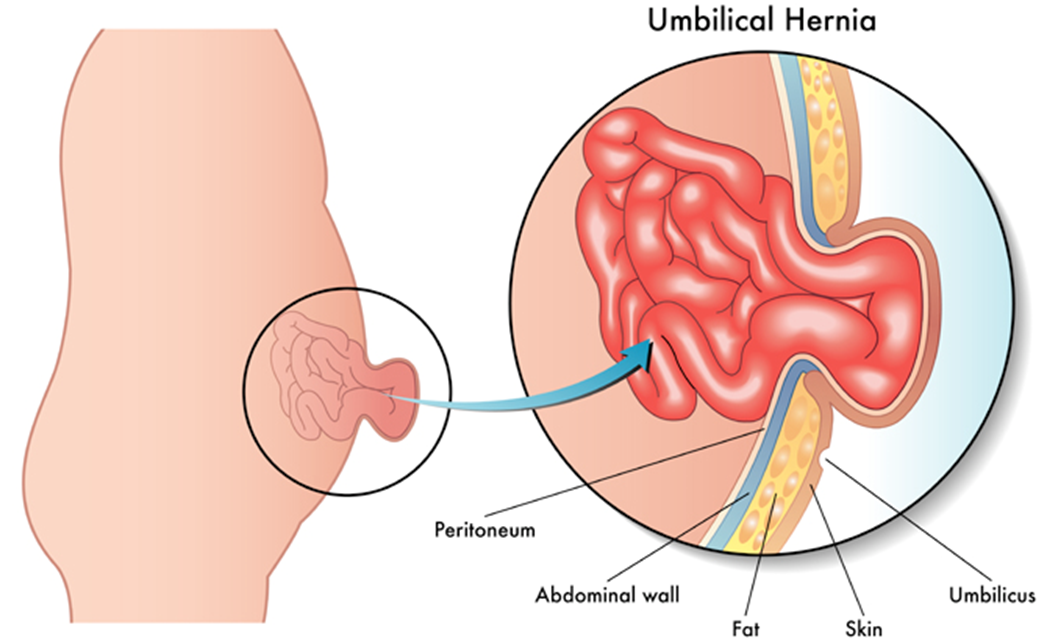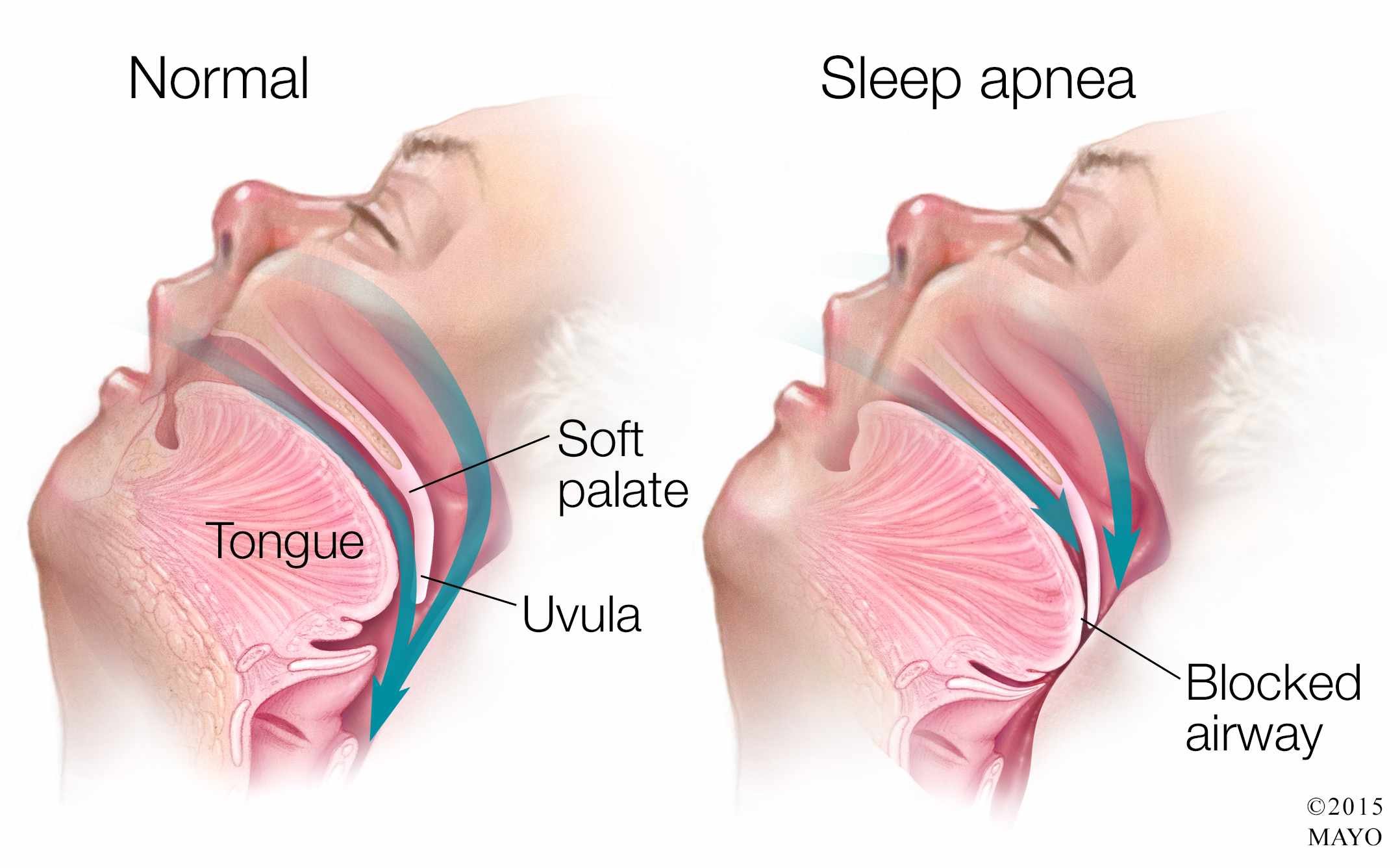A mother brings her 4-month-old son to the clinic with a quarter taped over his umbilicus, and tells the nurse the quarter is supposed to fix her child's hernia. Which explanation should the nurse provide?
An abdominal binder can be worn daily to reduce the protrusion.
This hernia is a normal variation that resolves without treatment.
The quarter should be secured with an elastic bandage wrap.
Restrictive clothing will be adequate to help the hernia go away.
The Correct Answer is B
Choice A reason: An abdominal binder can be worn daily to reduce the protrusion is not a correct explanation for the nurse to provide, as this is not an effective or recommended method to treat a hernia. This is a distractor choice.
Choice B reason: This hernia is a normal variation that resolves without treatment is a correct explanation for the nurse to provide, as this refers to an umbilical hernia, which is a common and harmless condition in infants that usually disappears by age 2. Therefore, this is the correct choice.

Choice C reason: The quarter should be secured with an elastic bandage wrap is not a correct explanation for the nurse to provide, as this is a folk remedy that has no scientific basis and can cause skin irritation and infection. This is another distractor choice.
Choice D reason: Restrictive clothing will be adequate to help the hernia go away is not a correct explanation for the nurse to provide, as this is not a proven or safe way to treat a hernia. This is another distractor choice.
Nursing Test Bank
Naxlex Comprehensive Predictor Exams
Related Questions
Correct Answer is ["A","D","E"]
Explanation
Choice A reason: This is a correct answer because determining if the mother has recently experienced a fall is important to rule out any head injury or concussion that could cause confusion. Parkinson's disease can increase the risk of falls due to impaired balance, coordination, and mobility.
Choice B reason: This is not a correct answer because reviewing the client's current food and medication allergies is not relevant to the mother's confusion. However, it may be important to review the client's current medications and dosages to check for any adverse effects or interactions that could affect cognition.
Choice C reason: This is not a correct answer because encouraging increased intake of high protein foods is not helpful for the mother's confusion. In fact, high protein foods may interfere with the absorption of levodopa, a medication used to treat Parkinson's disease symptoms. The nurse should advise the daughter to consult with a dietitian about the optimal timing and amount of protein intake for her mother.
Choice D reason: This is a correct answer because instructing the daughter to check her mother's temperature is important to detect any fever or infection that could cause confusion. Older adults are more susceptible to infections such as urinary tract infections (UTIs), pneumonia, or sepsis, whih can affect mental status.
Choice E reason: This is a correct answer because asking if the mother is experiencing any pain with urination is important to screen for any UTI that could cause confusion. UTIs are common in older adults due to reduced bladder function, incomplete emptying, and decreased immunity. UTIs can cause symptoms such as dysuria, frequency, urgency, hematuria, and delirium.

Correct Answer is A
Explanation
Choice A reason: This is the correct answer because applying the client's positive airway pressure device is the most important intervention for the nurse to implement before leaving the client. Positive airway pressure device is a treatment that delivers pressurized air through a mask or nasal prongs to keep the upper airway open and prevent apnea episodes during sleep. Obstructive sleep apnea is a condition that causes repeated interruptions in breathing due to partial or complete collapse of the upper airway during sleep. The nurse should ensure that the device is fitted properly and functioning well.
Choice B reason: Elevating the head of the bed to a 45 degree angle is not a sufficient intervention for the nurse to implement before leaving the client. Elevating the head of the bed can help reduce snoring and improve breathing by preventing the tongue and soft palate from falling back and obstructing the airway. However, it may not be enough to prevent apnea episodes in clients with obstructive sleep apnea, especially if they have other risk factors such as obesity, enlarged tonsils, or nasal congestion. The nurse should also use other interventions such as positive airway pressure device, weight loss, or surgery.
Choice C reason: Removing dentures or other oral appliances is not a relevant intervention for the nurse to implement before leaving the client. Dentures or other oral appliances are devices that replace missing teeth or improve dental alignment. They may help improve speech, chewing, and appearance, but they do not have a direct impact on obstructive sleep apnea. The nurse should instruct the client to remove dentures or other oral appliances before going to bed to prevent discomfort, infection, or damage.
Choice D reason: Lifting and locking the side rails in place is not a necessary intervention for the nurse to implement before leaving the client. Side rails are bars that attach to the sides of the bed frame to prevent falls or injuries. They may provide safety and security for some clients, but they may also pose risks such as entrapment, strangulation, or agitation. The nurse should assess the need for side rails on an individual basis and consider alternative measures such as bed alarms, low beds, or floor mats.

Whether you are a student looking to ace your exams or a practicing nurse seeking to enhance your expertise , our nursing education contents will empower you with the confidence and competence to make a difference in the lives of patients and become a respected leader in the healthcare field.
Visit Naxlex, invest in your future and unlock endless possibilities with our unparalleled nursing education contents today
Report Wrong Answer on the Current Question
Do you disagree with the answer? If yes, what is your expected answer? Explain.
Kindly be descriptive with the issue you are facing.
